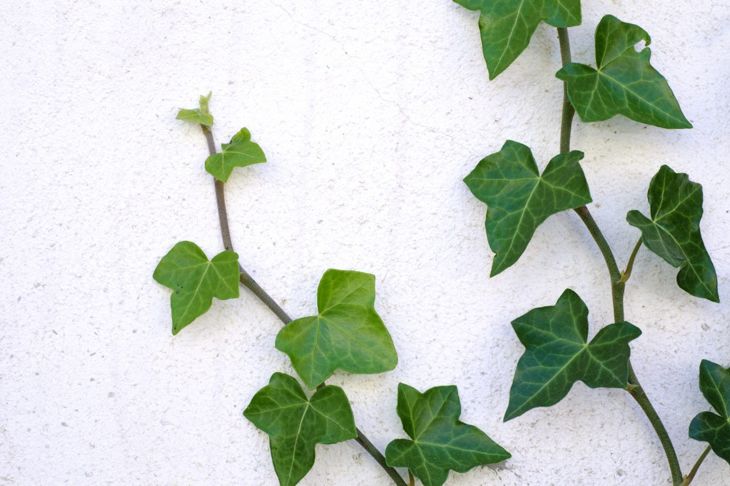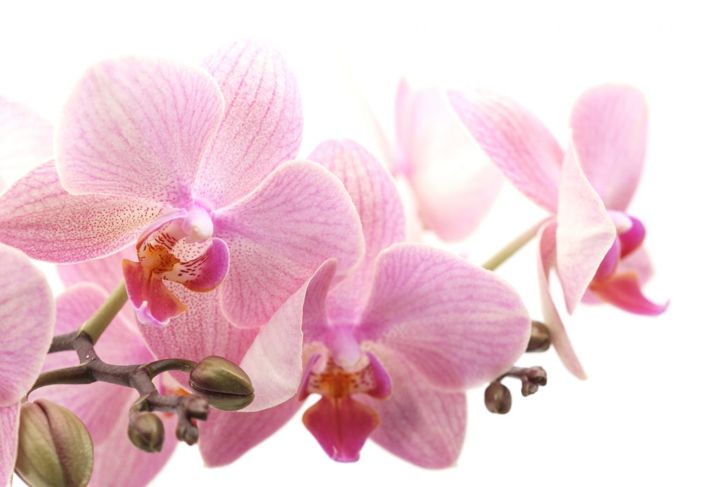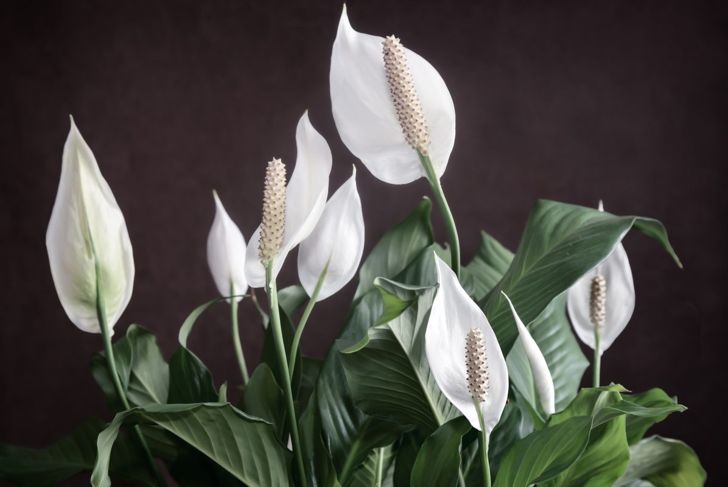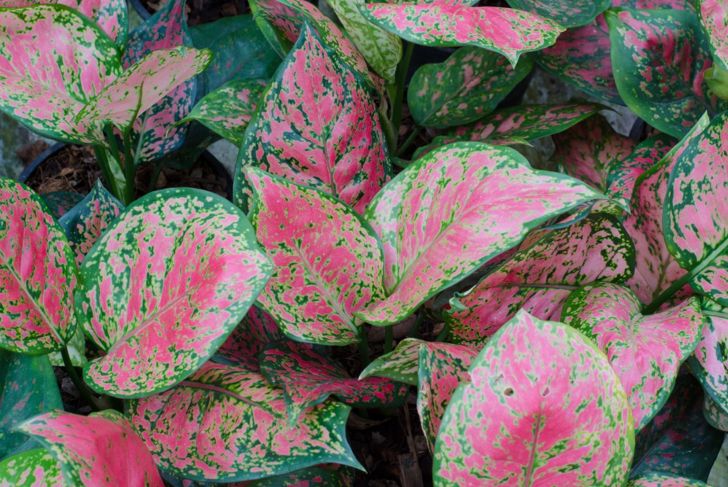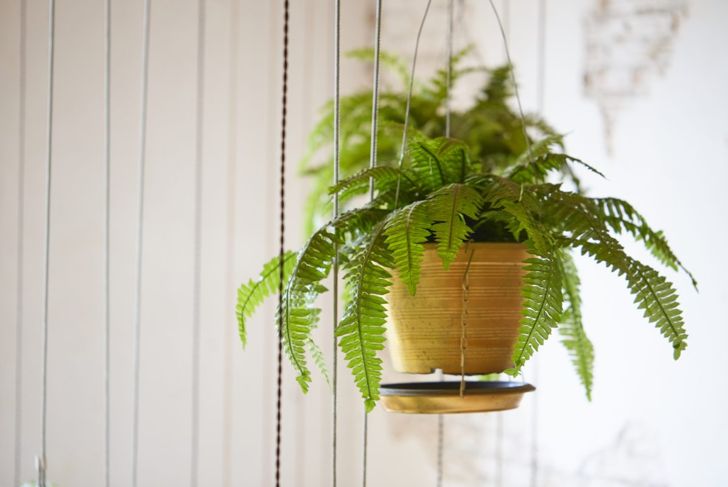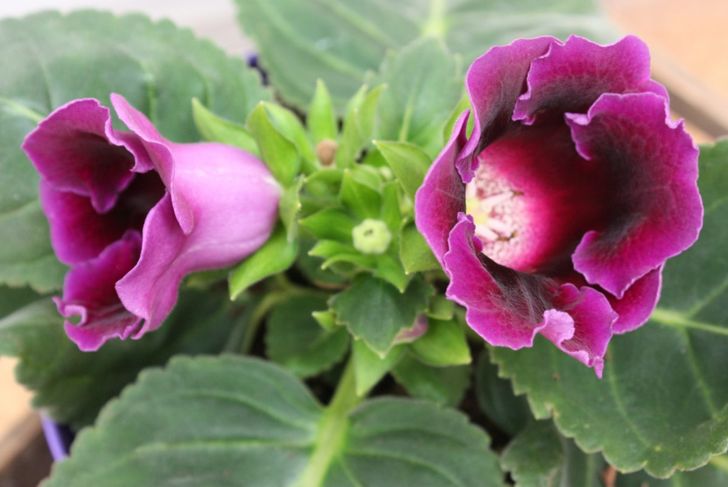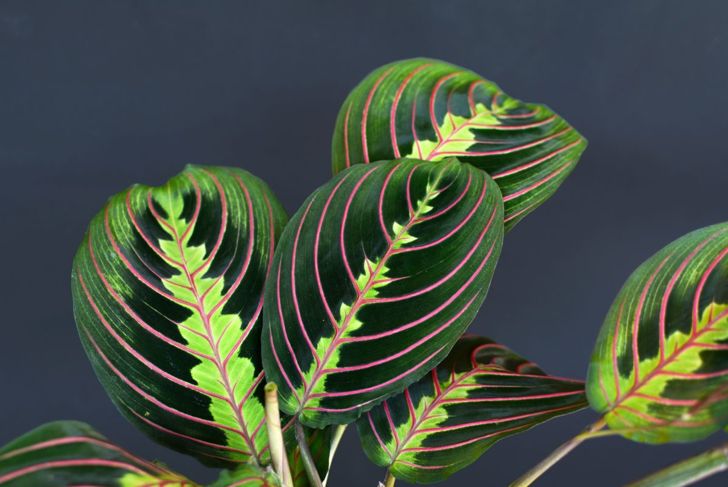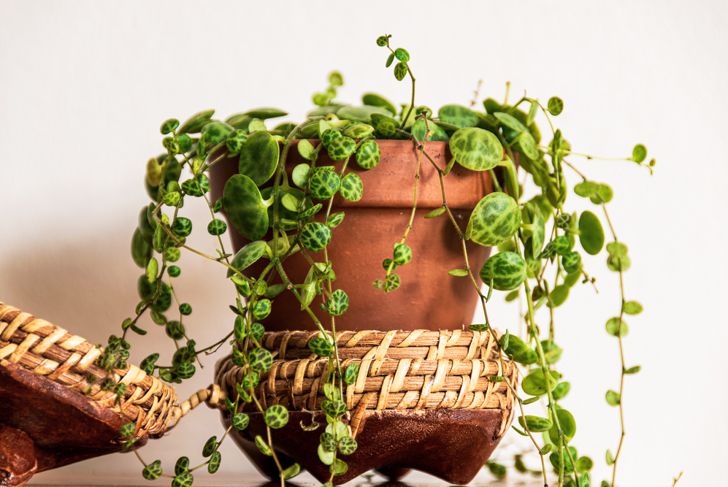Aspiring gardeners with north-facing homes, wooded yards, or close-set apartments may feel discouraged when hunting for indoor greenery, but there are plenty of low-light houseplant options for homeowners and renters looking to fill a dim space. Ferns, lilies, and even orchids can light up any sunless spot in your home and naturally brighten your day.
Maidenhair Fern
There are around 250 types of maidenhair fern or Adiantum. Many of these make delicate and lovely additions to indoor spaces. They enjoy indirect light, such as in a north-facing window. Mist your maidenhair fern or place its pot above water to keep the air around the plant humid. You'll also want to keep these ferns away from heating or cooling vents and ensure the soil does not try out.
ZZ Plant
ZZ plants, sometimes referred to as Zanzibar Gems, are durable and reliable little perennials. They’re native to Eastern Africa but can grow in most homes with indirect light. Try to water them regularly, but don’t fret if you forget from time to time. ZZ plants are used to long, dry periods with occasional rain, and thus are very drought-tolerant. This pretty plant's waxy leaves and elegant stem make it a beautiful focal point. They like indirect light but can survive in a dark corner with occasionally light.
English Ivy
Although most people think of English ivy as an outdoor plant, it can add flair to any room in your home, as well. Filtered light is sufficient for this climbing beauty — bright or indirect is fine, but too much will cause the plant to dry out. Water it often until it’s established, then you can reduce the amount to one inch per week.
Moth Orchid
Shade-loving flowering plants are rare, and indoor flowering plants that love low light might be even harder to find. Orchids are a member of this rare family. They’re relatively low-maintenance and only require watering once every week to week and a half. Leave them in a bright area that doesn’t get direct sun and fertilize them a few times per month.
Peace Lily
Peace lilies are beautiful evergreen plants that can produce flowers year-round, given the right conditions. They usually grow about 16 inches tall and don’t need fertilization very often. Temperatures above 60 degrees Fahrenheit and somewhat lit spaces are ideal, but don’t let them grow in an area with direct afternoon sunlight. Instead, find a spot with morning light and afternoon shade. Peace lilies like high humidity and moist, but not overwatered, soil. Pets can get sick if they bite this plant, so keep it up and away from dogs and consider a different low-light option if you have cats.
Chinese Evergreens
Chinese evergreens have unique foliage, their leaves striped and spotted with bright pink, red, green, and yellow. They can grow in medium or low light and tolerate a forgetful owner who doesn’t always remember to water them. You can water Chinese evergreens regularly or once every few weeks.
Boston Fern
Boston ferns need only indirect light to survive, and just a few hours of it at that. In the seasons with less daylight, two hours of bright light that’s not directly shining on the plant should be suitable. Don't let the soil dry out — your fern may need to be watered every day when the weather warms. Before you water a Boston fern, touch the soil to feel it’s moisture level. If it’s moist, you can water it again. If it’s soaking, wait until the soil is slightly drier.
Gloxinia
To help your gloxinia plant thrive, put it in an area that doesn’t get direct sunlight. Gloxinia should have moist soil that’s not too dry to prevent dormancy. While flowering — a few months each year — they should be fertilized about every two weeks. This attractive indoor plant can be grown from seed, though be patient — you'll have to wait about a year to get flowers, but the beautiful results make it worth the wait.
Prayer Plant
Prayer plants tolerate and even enjoy low light conditions. Its bold green leaves with pink stripes usually grow more vibrant in shadier conditions, so home gardeners with north-facing windows or shadowed apartments can still enjoy its beautiful foliage. Make sure your prayer plant is placed in a humid area. Water it every two weeks, when the soil is just moist, using a water and fertilizer mixer at half-strength.
Peperomia Prostrada
An adorable indoor plant that should be watered only sparingly, peperomia prostrada is also called creeping buttons or turtle strings because of its small leaves. It prefers low humidity and indirect light, and can even flourish under fluorescent lights. Creeping buttons doesn’t like its roots disturbed, so avoid repotting if possible.

 Home
Home Health
Health Diet & Nutrition
Diet & Nutrition Living Well
Living Well More
More

